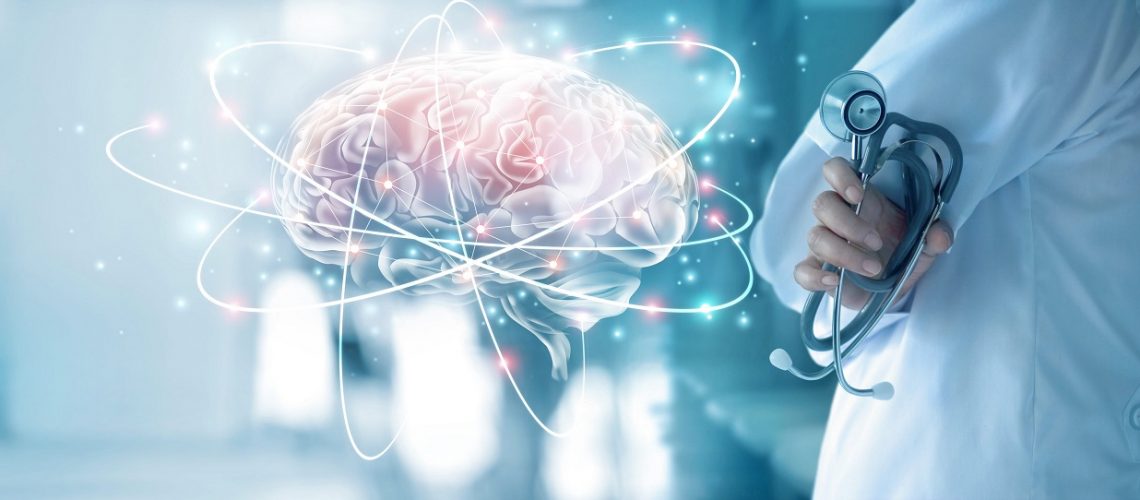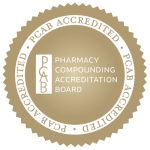In case you did not hear about it yet…
In case you did not read about it yet…
In case you did not try it yet…
Maybe now is the time !
The purpose of this article is only to acquaint you with what has been called “the miracle drug of the century”.
The more you learn about it, the more you’ll be fascinated.
So, what is LDN?
LDN stands for Low Dose Naltrexone
Naltrexone is a drug that was approved by the FDA in 1985 to treat opiate dependencies. It is marketed under different trade names and it comes as regular and sustained release form. Naltrexone is commonly used at a dose of 50mg–100mg daily for treating opiate dependency.
The term ‘LDN’ refers to the use of Naltrexone at doses below 10mg per day. Naltrexone exhibits novel and paradoxical effects when administered as these low doses.
The information in this article will give you
- some of the history behind the discovery of this “miracle drug”,
- some of the stories telling and showing you the miracles this drug brought into the lives of so many suffering people
- some of the research done to explain and support the use of LDN for so many ailments
- some of the books written about LDN, etc.
Bernard Bihari, MD, was the discoverer of the clinical effects of LDN in humans. In his groundbreaking clinical trial of patients with HIV/AIDS at Downstate Medical Center in 1985-86, Dr. Bihari discovered the significant effectiveness of low dose naltrexone in protecting the battered immune systems of those who were infected. With that knowledge, he entered private practice to counter the then untreatable disease.
Since this discovery, numerous laboratory and animal studies have been carried out to investigate the novel effects of LDN in cancer and autoimmune disorders. In 2007, results of the first clinical trial using LDN for Crohn’s Disease were published (Smith JP et al. Am J Gastroenterol. 2007;102(4):820-8), followed by publication of a study on multiple sclerosis in 2008 (Gironi M et al. Multiple Sclerosis. 2008;14(8):1076-83) and fibromyalgia in 2009 (Younger J and Mackey S. Pain Med. 2009;10(4):663-72).
Below is the link for the most comprehensive website with regards to LDN. It contains overwhelming information and evidence on what LDN can do for various categories of patients.
The link below will provide a brief explanation of how LDN works in the body. If you keep on searching, you’ll find more elaborate presentations and more theories on possible mechanisms of action for LDN.
Here are some of the conditions it can help with. The list is very long and you’ll find it on the website mentioned above
- Various forms of cancer
- A very large variety of auto-immune diseases, such as: fibromyalgia, chronic fatigue syndrome, Celiac disease, Crohn’s disease, irritable bowel syndrome, Hashimoto’s thyroiditis, rheumatoid arthritis, multiple sclerosis, psoriasis, systemic lupus erythematosus, and many more.
- Common Colds (URI’s)
- Emphysema (COPD)
- HIV/AIDS
- Depression (Major; and Bipolar)
- Lyme Disease (LATE Stage)
Chances are, once you browse this article and the links, you’ll want to contact your doctor and ask him/her to prescribe you some LDN for your condition.
After you get your prescription, you’ll need to have it filled by a reliable compounding pharmacy such as Haldey Pharmaceutical Compounding.
If your doctor has any questions, let him/her call us for more detailed information on how to prescribe it. We are here to help!




